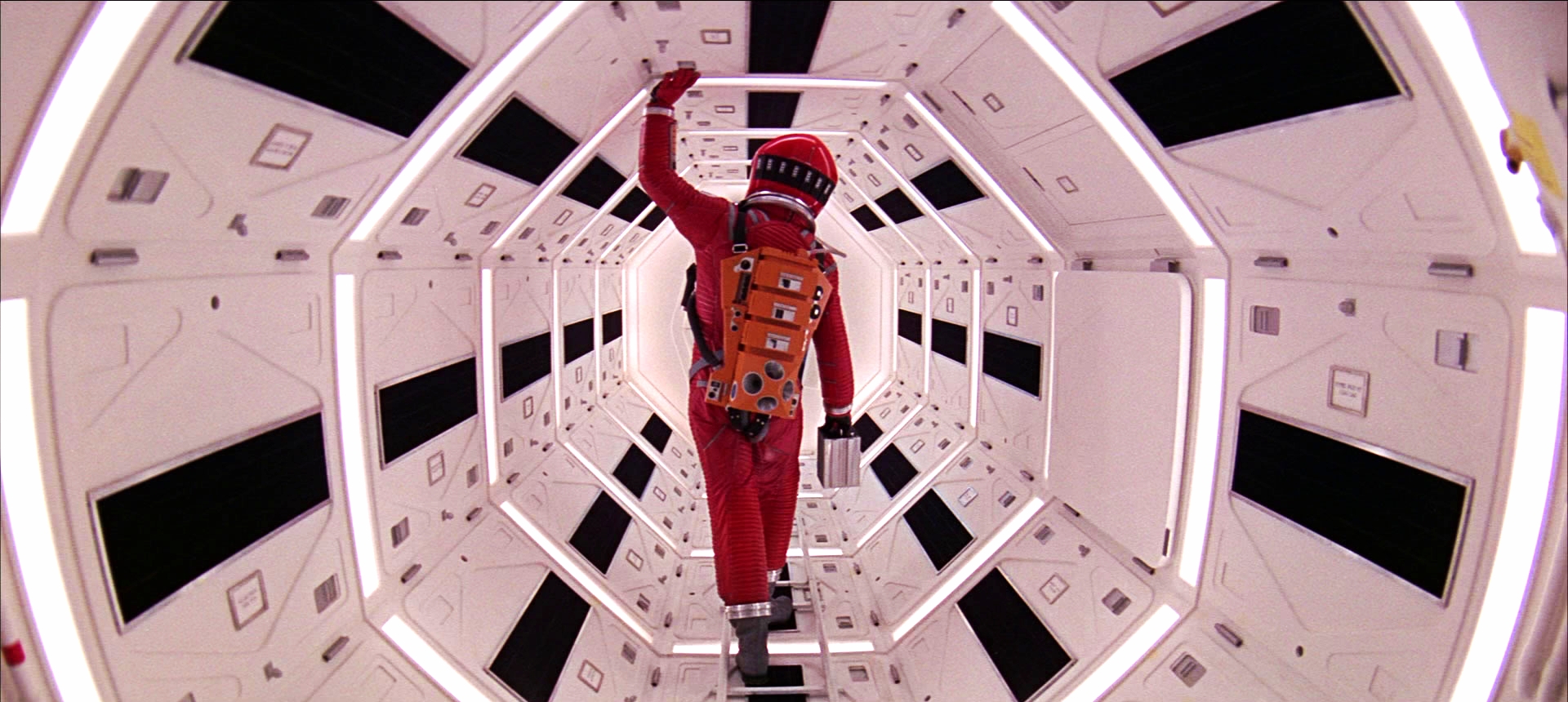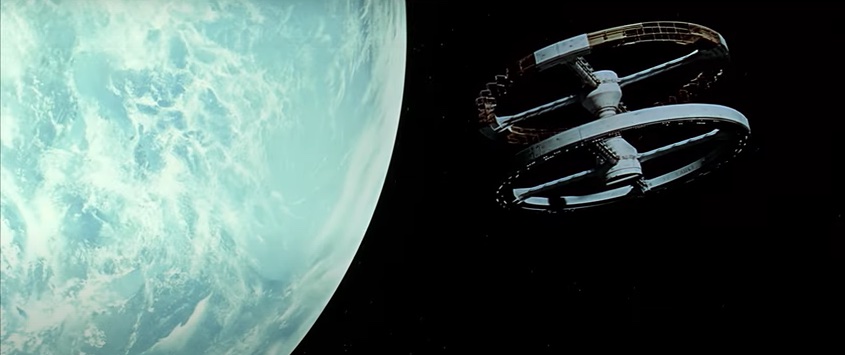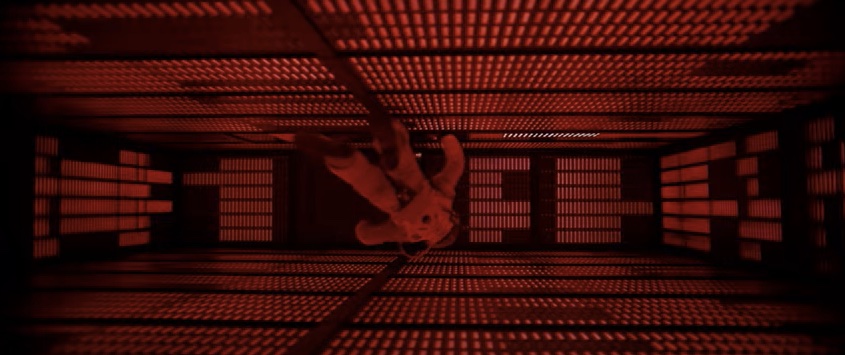Issue:
March 2022
2021: Space Odyssey – a musical review

After Yusaku Maezawa returned from his flight into space he told the FCCJ that he had passed the time on the International Space Station listening to his favorite Radiohead song.
The entrepreneur’s comments reminded me of the central role of music in one of the best-know space movies of all time, Stanley Kubrick's "2001: A Space Odyssey".
One spaceship sequence features a constant 5 minutes and 37 seconds of "The Blue Danube", by Johann Strauss II. The opening is accompanied by a rod-shaped spaceship slowly making its journey through a starry sky. On the right is Earth, whose proportions are big enough to extend beyond the screen. The spacecraft’s movement is slow and constant, slightly slower than the tempo of the music
The result is a perfect harmonization of image and sound. While the spacecraft moves at a constant speed the music is a cheerful waltz that instills a sense of rhythm in the audience. As a result, the monotony of a spacecraft floating across the screen never gets boring.
Inside the spacecraft, a red pen with a blue body dropped by Dr. Haywood travels through zero gravity at a constant speed, in an artistic repeat of an earlier scene featuring a monkey throwing a mammalian bone into the air.
The music was composed in in 1867, long before space travel was possible. Yet this particular version, performed by the Berlin Philharmonic Orchestra and conducted by the legendary Herbert von Karajan, is treated in such way that it combines beautifully with the images. It is clear that Kubrick created bespoke scenes with this particular piece of classical music in mind.
Filmmakers usually shoot and edit first, readjust the composition to fit the screen and then start recording. It is rare for a film to use an existing piece of classical music for more than five minutes, and from the very start of the production. Kubrick’s approach is truly unique.

The second sequence takes viewers inside the spacecraft. At this point, the music falls silent for 8 minutes and 19 seconds, enabling a member of the crew to speculate about the presence of an infectious disease, whose origins are unknown, at the Clavius Base. The sequence sets up the mystery that forms the backbone of the film, in stark contrast to the jollity of the waltz that preceded it. Both the music, and the silence that follows, are used to heighten the sense of mystery.
Kubrick’s passion for classical music is evident elsewhere in 2001: Space Odyssey. It includes, for example, a long excerpt from "Requiem” by György Ligeti. The particular song, "Micropolyphony", features an arresting vibrato that contrasts with the waltz and reinforces the sense of the unknown.

The confrontational structure of two apparently incompatible pieces of music is underlined by Kubrick’s decision to run Ligeti’s “Atmosphères" for 4 minutes during the opening credits and "The Blue Danube" for 8 minutes and 12 seconds at the end. It is the perfect contrast.
Yuto Izawa is a Japanese film critic. He has also been the president of the Special Flower Company since 2011.

